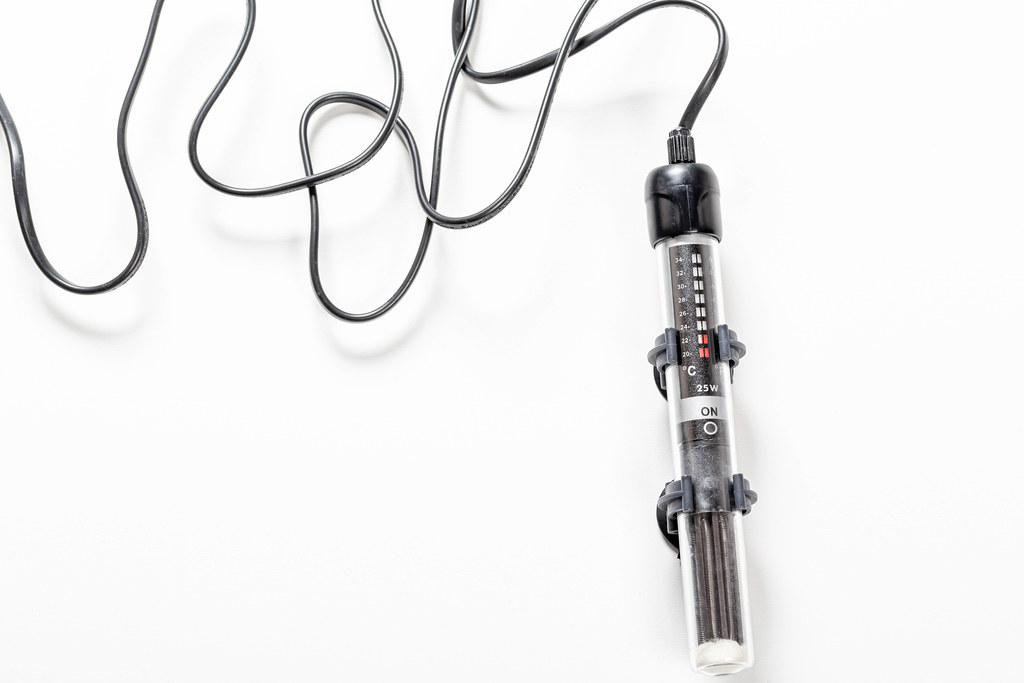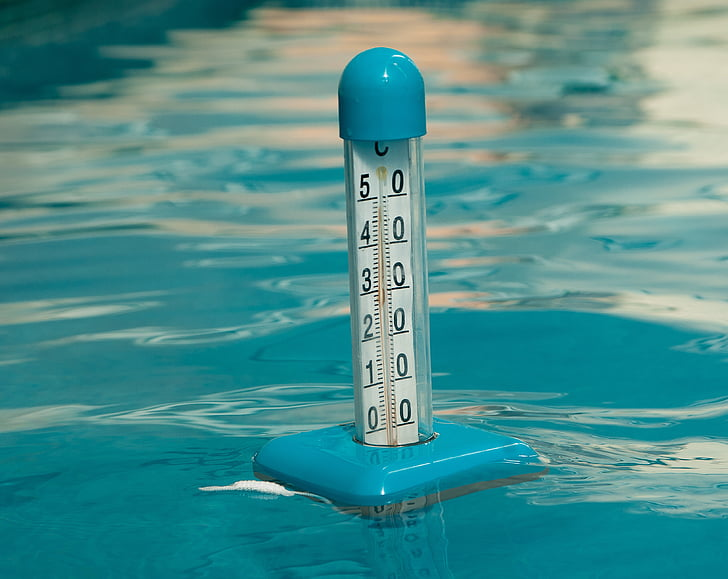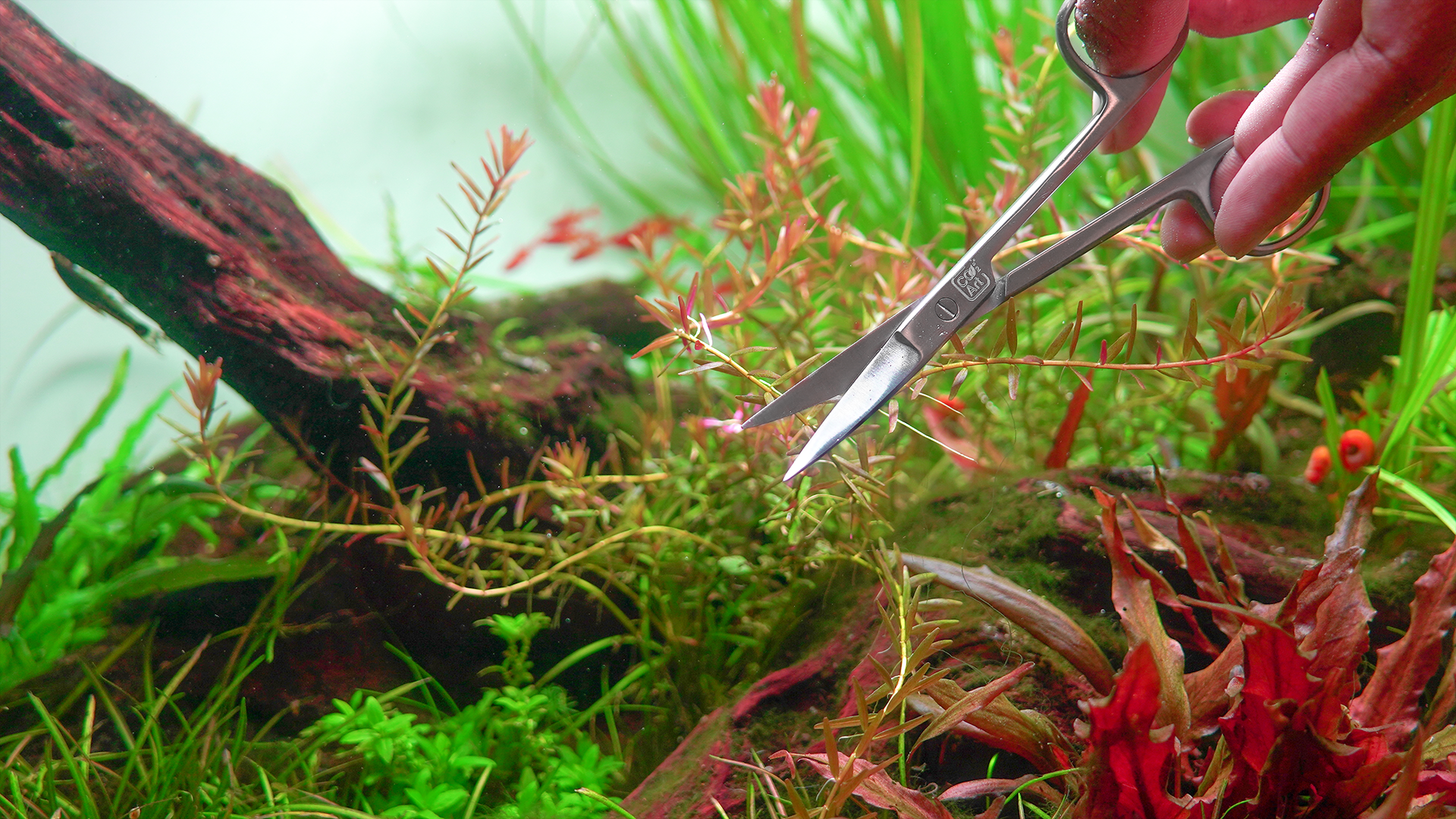How hot is too hot for a CO2 tank?
Have you wondered how hot is too hot for a CO2 tank? Oftentimes, one of the most important aspects is the last to be considered. Such is the case with temperature. This is one of the most important aspects to consider in this hobby, yet it is often left out.

Note: This article refers to the CO2 supplemented aquarium, not co2 tank storage temperature.
The climate in your country has (no) impact on the aquarium!
This is a neglected topic, especially for hobbyists who live in warmer climates. They tend to think their tank water is ok even without temperature monitoring. They could not be more wrong. Tank water temperatures do tend to rise above tolerable levels in these warmer climates. People who live in places where they experience winters though would not take this topic lightly. They know all too well what happens if they neglect to provide the right temperatures for their tanks.
Why is temperature important in the aquarium hobby?
Why is it necessary to achieve the correct temperature in the planted tank? Achieving the correct temperature would depend on what plants are being kept; with this, the right selection of fish should also follow. One cannot keep a cold water fish in tropical waters and vice versa. They each require specific temperatures for them to be healthy. Luckily for planted aquarium enthusiasts, most plants are found in the tropics. Most of these plants have a uniform temperature requirement and most appreciate temperatures of around 26-28 degrees Celsius. It may all seem so simple to follow these parameters and not ask questions. However, gaining a deeper knowledge of water temperatures is a big plus in ensuring that it will always be considered when it comes time to set a tank up.

A planted tank is an entire ecosystem in a glass container. Like what is found in nature, every aspect of the ecosystem is tied up. The flora, the fauna, the amount of water, the amount of light it receives, the temperature, and the type of soil- all contribute, and they are all linked to each other to make the ecosystem work. One cannot simply remove or change one part without affecting the whole.
Let us take a natural river or pond ecosystem as an example. Aquatic plants living in that ecosystem actually rely on the fish to provide some of the nutrients that are normally lacking in the water column. Fish waste and decaying fish would all be useful for plants as food. If the fish are removed from the equation, plants get affected. The growth rate slows down or they may become unhealthy. If plants get affected, water gets affected as well as the water depends on plants to act as a natural filtration. They are all interconnected, each aspect relying on the other.
Impact on gas dissolution
One important aspect of an ecosystem is temperature. A specific ecosystem would simply fail to thrive without the correct temperature. In the case of planted tanks, the temperature is as important as how bright the tank will be lit. The correct water temperature of CO2 enriched aquarium will actually contribute to how much CO2 will be dissolved in water. Colder temperatures do tend to dissolve more CO2 and O2. This is better for plants and fish. More CO2 would mean that plants can perform photosynthesis (the process conducted by plants to make their own food) whenever there is light energy available. The by-product of photosynthesis is Oxygen. More Oxygen will benefit the fish and other fauna as well as the nitrifying bacteria.
Metabolism
Temperature will also dictate the metabolism of plants as well as fish. Warmer waters tend to make their metabolism faster. This is not always a good thing. A cold water fish put in warmer waters will actually survive but will make their lifespan shorter. Such is the case with Koi, Goldfish and other cold-water Minnows. If these fish do not experience their seasons, they live much shorter lives.
Plant growth
Plants also get affected by a rise in temperature as well. Photosynthesis becomes much faster. They grow much faster. Faster growth would mean they would require more food, more CO2 and more sunlight. This is a disaster for an enclosed setup like a planted tank where everything is calculated and put in just the right amounts. Without more of these resources, the plants begin to show signs of deficiencies; the bigger the plant gets, the more it needs. CO2 deficiencies are the first ones to show up. The new leaves become pale and almost whitish. Lower leaves will melt soon after.
Warmer waters contain much less CO2. It loses the ability to dissolve CO2 or any other substance. Increasing the rate of CO2 injection in this instance is futile as the gas will just escape into the atmosphere. Applying for fertilizer will only result in those fertilizers not being dissolved in the water. So, the scenario now is that plants grow much faster but are starving to death much faster.
Each plant though has different thresholds. Hardier varieties can tolerate warmer waters more than the delicate varieties. It is usually the slow growers that are harder. Overall,the temperature ceiling should be set to just 28 degrees Celsius. This is the safe zone. Warmer waters can be tolerated but not all plants will thrive. This does not mean that the water should be set much colder.

True tropical plants would be much more comfortable in temperatures above 20 degrees Celsius. Some plants can survive near freezing.The only problem is they stop growing. As a general guideline, keep the critical temperature and pressure of CO2 at 25 degrees Celcius and 40-45 psi. Most aquatic plants do tend to stop growing or slow down growth rate at much lower temperatures. Cold temperatures do dissolve CO2 and other nutrients more. This is bad news for fish and other animals since CO2 at high levels could be toxic to them. Some nutrients can be toxic at high levels as well. The dosage should be adjusted if kept under low temperatures. CO2 injection should be adjusted according to the drop checker. The dosage for plant fertilizers should be adjusted as well. True tropical fish are much more comfortable at temperatures set for planted tanks.
Devices useful to control the water temperature
In areas with warmer climates getting the right temperature would mean the use of gadgets to cool down water unless of course if the room that the tank is in is air-conditioned.
Fans
Using fans would be the most common. Evaporation has a cooling effect and fans just speed up this process. Small fans that can be mounted on the tank itself can be very useful. There are a lot of commercial fans out there for this purpose. !2 or 9 Volt fans are used for this purpose and the number of fans depends on how big the tank is. Regarding the use of fans, it is better to let the fan run 24/7 rather than just turning it on during “lights on”. It makes the temperature much more stable this way, although daily top-offs need to be done as water evaporates really fast.

Chillers
Cooling gadgets like chillers. The ones used in reef tanks can also be usedto cool planted tank water. This is not as common, though, as these devices are a bit pricey but they are way better, especially in larger tanks. Some D.I.Y. cooling gadgets include peltiers but this gets a bit too complicated for the hobbyist who does not have any background in electronics and refrigeration.
Some end tips!
-
For Newbies who would want to start on planted tanks, it is way better to start on larger tanks rather than the nano ones since larger tanks’ water parameters are easier to control. Fluctuations are not that extreme, especially where the temperature is concerned. A large tank’s temperature is stable and would only swing about a couple of degrees between night and daytime. Placing tanks from windows or doors actually does help with temperature fluctuations as well.
-
It is also much better to use water that is close to the temperature of the tank when performing water changes. Some plants are actually sensitive to extreme fluctuations in temperature. This may not kill them but it will definitely set them back. Some Bucephalandra species are known to be extremely sensitive to temperature swings and with such slow growers as these plants, every leaf growth is precious. With expensive plants like these, one cannot afford constant setbacks.
Summary
Have we answered the question when it's too hot for a CO2 tank? There is probably no right answer. However, getting the temperature right in a planted tank makes everything easier. This at least would be one less thing to worry about. One can then focus on just dosing, lighting and proper maintenance. This is important not only for plants but for the fauna of the tank as well. A planted tank is an ecosystem; for this ecosystem to work, everything must be made right. They do not have to be perfect. They just need to function according to how nature intended them. There is always room for error but not constant errors piling on after another. This is the easiest of the fundamentals to get correctly since thresholds are fixed. All one needs to do is not neglect to check it.



